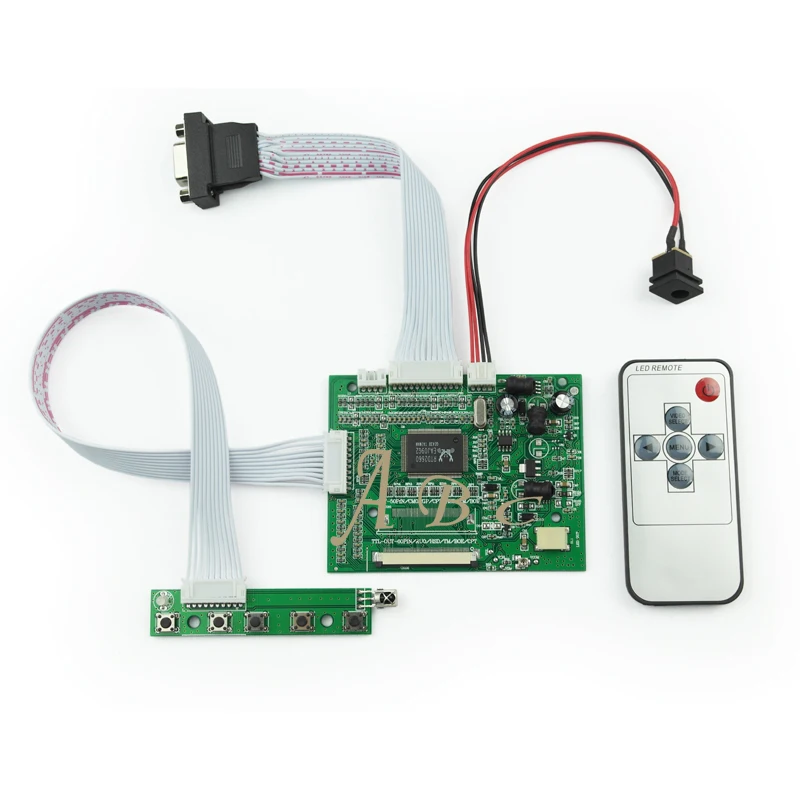
- Raspberry pi system monitor remote how to#
- Raspberry pi system monitor remote install#
- Raspberry pi system monitor remote update#
- Raspberry pi system monitor remote trial#
Next, we add an image whose source is the IP address of the webcam stream. To create a headline we use two hashes (#) and then type the contents of the headline. We're using the cyborg style as it's dark and looks great on devices. In essence we can make a nice page rather quickly. Now we move to the where we use a framework called strapdown, which mixes markdown – a popular writing format – with Twitter's bootstrap framework. We start by declaring the document as a valid HTML document and give the page a title to identify it in our browser. We will now write a few lines of HTML to build a simple web page. Open the text editor on your Raspberry Pi. This will also create a new directory in /var/ called /www/ which we shall use to serve our pages.
Raspberry pi system monitor remote install#
In a terminal type $ sudo apt-get install apache2 -y. To do this we will need to install Apache. Now that we have the stream working let's embed it into a live web page.

You should now see a video stream in your browser. Now in a browser on another machine type in the IP address of your Raspberry Pi, you can find this in the terminal by typing hostname -I followed by :8081 so for example my IP address was 192.168.0.3:8081. In a terminal type $ sudo service motion start. Reboot your Raspberry Pi before continuing. Ensure the following is correct before saving (Ctrl+o) and exiting (CtrlL+x) nano Now we need to make a few changes to our nf file. Any help would be appreciated.Ĭonnecting over SSH to press Ctrl+o to save and Ctrl+x to quit. I can run airmon-ng from ssh, so I can’t imagine why it’s showing me the following diagnostic. I specifically put Kali on it so I knew it can and would go into monitor mode. I have it plugged into Ethernet via a USB adapter, and have the WiFi interface disconnected.įor some reason that escapes me, it’s unable to place the Pi into monitor mode.
Raspberry pi system monitor remote trial#
I’ve installed Kali Linux on the SD card, installed the sensor scripts, connected it to a trial version of WiFi explorer 3 Pro, and been able to successfully add the unit and run diagnostics on it. I have recently come into a handful of Raspberry Pi 3A+ units, and I’ve hit a bit of a roadblock on using them the same way as the Pi 4. Otherwise, rfkill, a process that the system uses to enable and disable wireless devices, will prevent you from using any wireless adapter until you set the region that determines the wireless adapter’s operation rules. If you haven’t done it already, the first thing you need to do is set the country where the Raspberry Pi 4 is being used. A better adapter option is the MediaTek MT7612U, which has the same capabilities as the CF-912AC but is more stable and works out-of-the-box in the latest Raspberry OS version.

Raspberry pi system monitor remote update#
Update (): We have observed, as well as other users using other platforms such as the WLAN Pi, that the Comfast CF-912 AC USB adapter might not be capturing all 802.11ac data frames ( click here to read more about it ). For this blog post, we will be using the Comfast CF-912AC USB Wi-Fi adapter. Many external adapters support monitor mode. Monitor mode lets us “sniff” Wi-Fi traffic, which we need for Wi-Fi scanning and packet captures. The Raspberry Pi 4 comes with an onboard Wi-Fi adapter, but we will use an external adapter instead because the onboard Wi-Fi adapter doesn’t support monitor mode out of the box. We will assume you have a fresh installed Raspberry Pi 4 using Raspberry Pi OS.

Raspberry pi system monitor remote how to#
This blog post will show you how to configure a Raspberry Pi 4 with an external Wi-Fi adapter to be used as a remote sensor in WiFi Explorer Pro and Airtool.

A sensor can be any Linux device with a compatible Wi-Fi adapter configured with the necessary packages to enable remote Wi-Fi scanning and packet capture capabilities. You can use sensors with WiFi Explorer Pro 3 and Airtool 2 to scan Wi-Fi networks and do packet captures remotely.


 0 kommentar(er)
0 kommentar(er)
